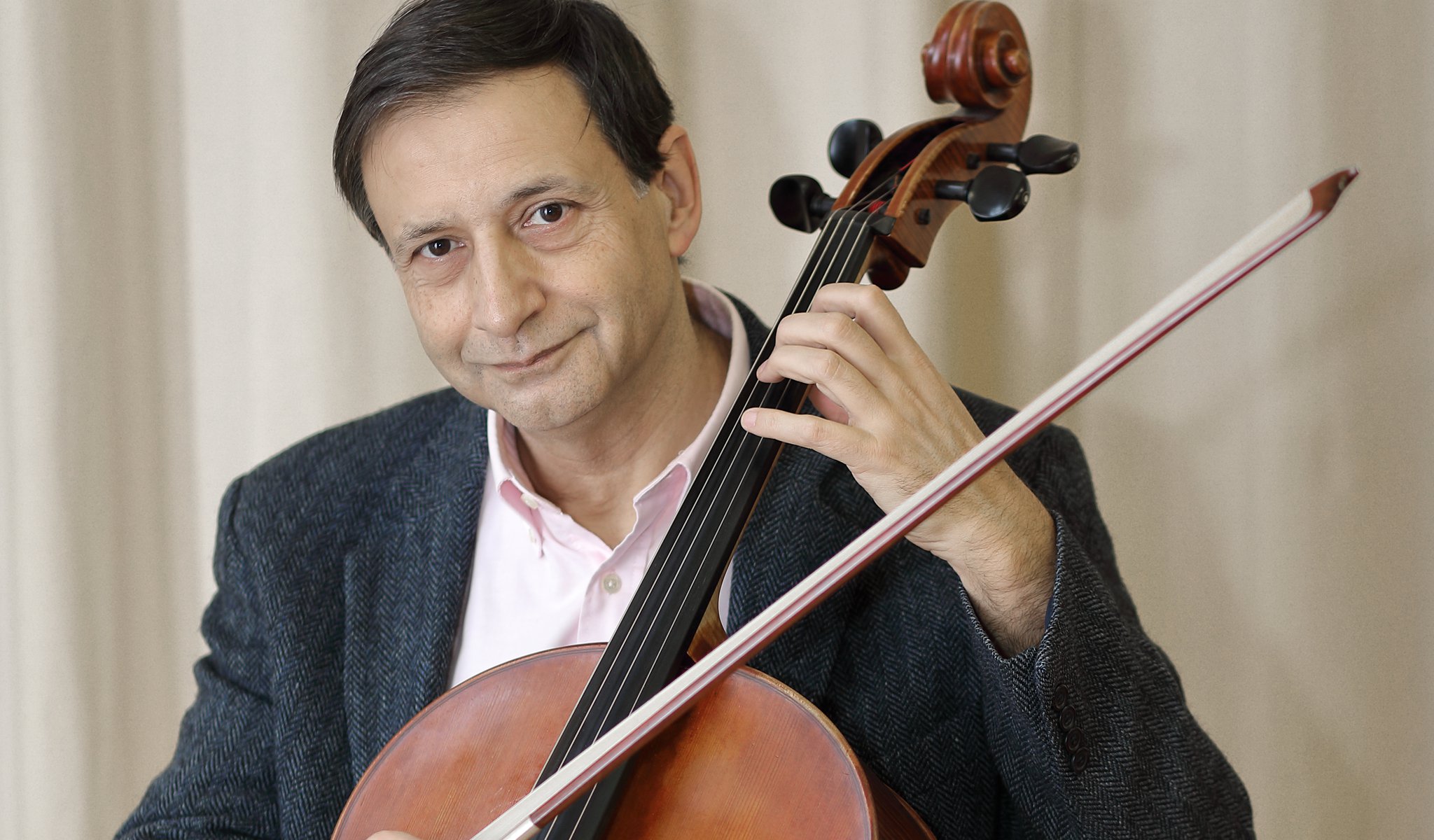
Program
John Stanley:
Concerto for Strings in D minor, Op. 2, No 4
Arcangelo Corelli (→ bio):
Concerto grosso in D major, Op. 6, No. 1
Antonio Vivaldi (→ bio):
Cello Concerto in A minor, RV 419
Wolfgang Amadeus Mozart (→ bio):
Horn Concerto No. 3 in E-flat major, K. 447
Benjamin Britten (→ bio):
Simple Symphony, Op. 4
Featuring
Other information
The event is about 2.5 hours long.
About the event
The Festival Orchestra’s latest chamber music concert boasts the eclectic program you have come to love and expect from the Concertino series, including English, Italian and Austrian music, various periods and musical schools, and special solo instruments. The concert spans a musical arc from Corelli to Britten, and features horn player Zoltán Szőke, who has won the orchestra’s in-house Sándor Végh competition several times, and cellist György Kertész, who has been with the orchestra from its inception, alongside the BFO in alignment with a focus on virtuosity, intimacy and clarity. The first half of the concert, presenting three different facets of the Baroque concerto, is followed by a horn concerto by Mozart requiring considerable technical prowess, and, in a leap another 150 years forward, a piece by Britten in which the composer fleshed out some of his childhood compositions.
First up is a piece by John Stanley, an outstanding 18th-century organist-composer who lost his eyesight as a child. The piece reflects the influence of Corelli and Handel, though with a decidedly English musical flavor characterized by solemnity and pleasant compactness—as well as a touch of melancholy in the slow movement. The concerto also includes an ingenious little fugue full of bold ideas.
When it came to concertos, Corelli was the greatest role model of his time. His Op. 6 series of 1714, comprised of concerto grossos, set the trend for two violins and one cello to sit across from the orchestra. (This also influenced Handel’s Op. 6 series.) The “concerto da chiesa”, a liturgical concerto consisting of five movements has a very liberal concept of pace, which is further proof that they are not dance movements.
Vivaldi was a follower of the other major style, the Venetian School. His concertos have three movements and draw on a more soloistic approach as opposed to the mere juxtaposition of the instrument groups, with a more clean-cut form. From the over 25 cello concertos, the audience will hear the concerto composed in A minor.
After the intermission, the concert continues with a piece composed much later: Mozart’s Horn Concerto No. 3. Mozart composed all four of his horn concertos between 1783 and 1791 while in Vienna, for the horn player Joseph Leutgeb. The light-hearted comments found in the sheet music attest to a friendly relationship between the two, while the score itself bears testament to exceptional technical skills. Sounding the chromatic chords and the trills on the horns of the time presented a major challenge (not that it makes for an easy piece to play even by today’s standards).
Benjamin Britten also dedicated his concerto to a dear friend, his viola instructor. In 1933, at the age of twenty, he decided to revisit the eight dance themes he had composed as a child. He arranged them into pairs, leading to the birth of the four-movement Simple Symphony for strings, which was performed for the first time under his baton. The titles of the movements are alliterative: Boisterous Bourrée, Playful Pizzicato, Sentimental Sarabande and Frolicsome Finale.
Did you know? Stanley’s Concerto was presented in 1742, Corelli’s Concerto Grosso came out in 1714, Mozart composed his Horn Concerto between 1784 and 1787, Britten’s Simple Symphony premiered on March 6, 1934 in Norwich with the author being the conductor; Britten’s work was last performed by the Festival Orchestra on September 26, 2020 (conductor: Iván Fischer), but the orchestra has never played the other pieces.
Contemporary events Georg Friedrich Handel’s oratorio Messiah premiered in Dublin on April 13, 1742 / in 1742 the Prussian mathematician Christian Goldbach stated the so-called Goldbach’s conjecture (every even whole number greater than 2 is the sum of two prime numbers, and every odd whole number greater than 5 is the sum of three prime numbers) / the Summer Palace commissioned by Peter (the Great) I Russian tsar was completed in 1714 based on Domenico Trezzini’s design / on April 27, 1784 the French playwright Pierre Beaumarchais published his comedy The Marriage of Figaro in Paris / Joseph Haydn finished one of his most popular work, Symphony No. 88 (in G-Major) in 1787 / Jacques-Louis David, the French painter painted his work The Death of Socrates in 1787 / when Paul von Hindenburg, the president of Germany died in 1934, Adolf Hitler assumed the title ‘leader and Reich Chancellor’, by this combining the power of the head of state and that of the prime minister in one single position / in 1934 Attila József’s volume, the Bear Dance was published, including poems like Conscience (Eszmélet) and Mother (Mama) written in the same year